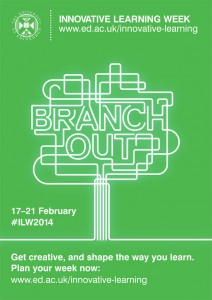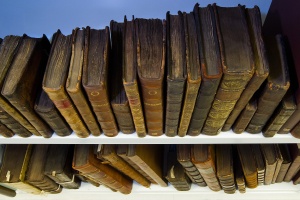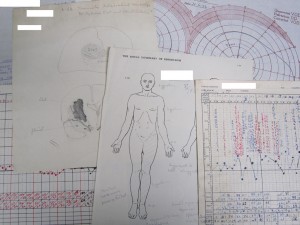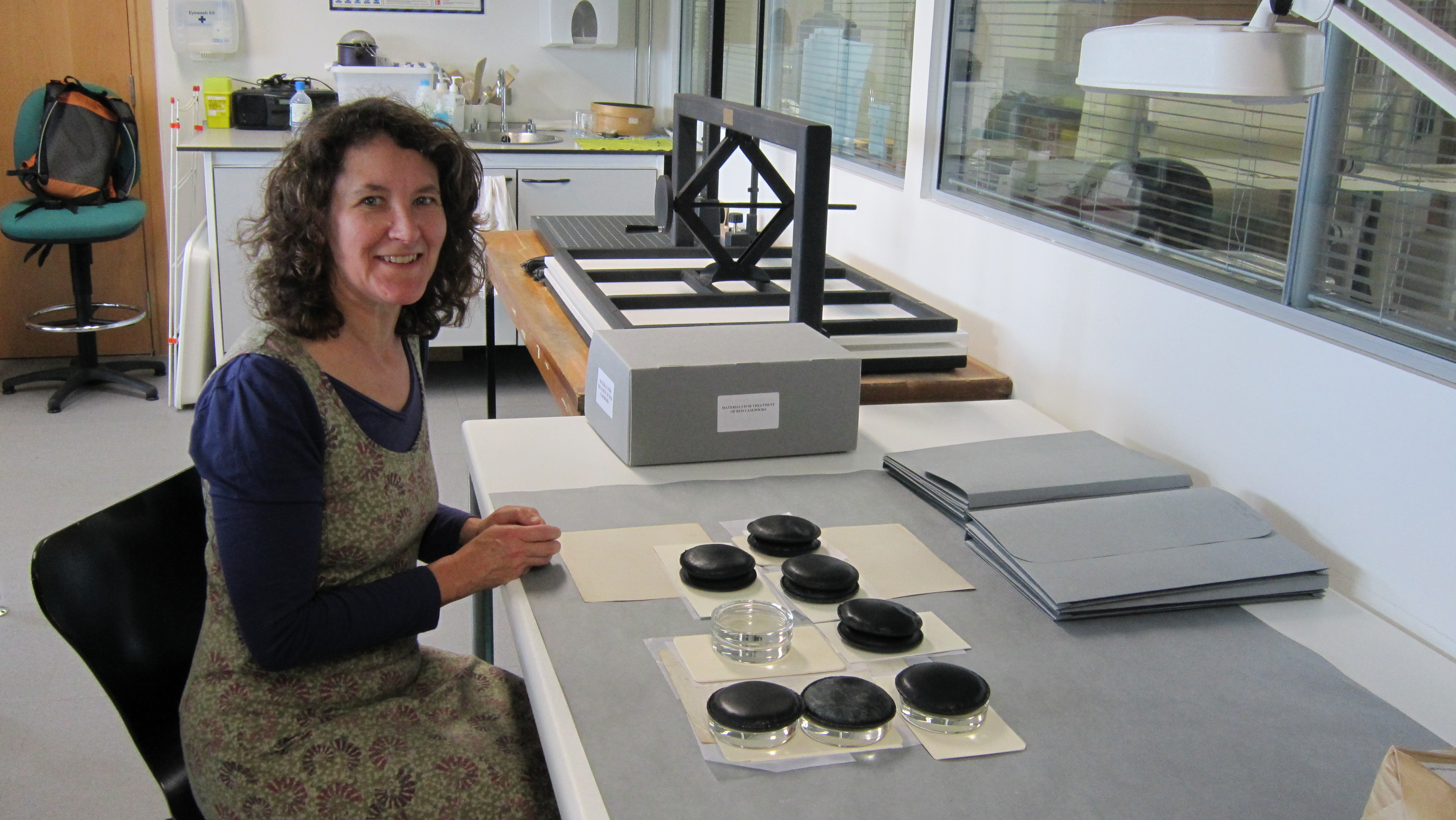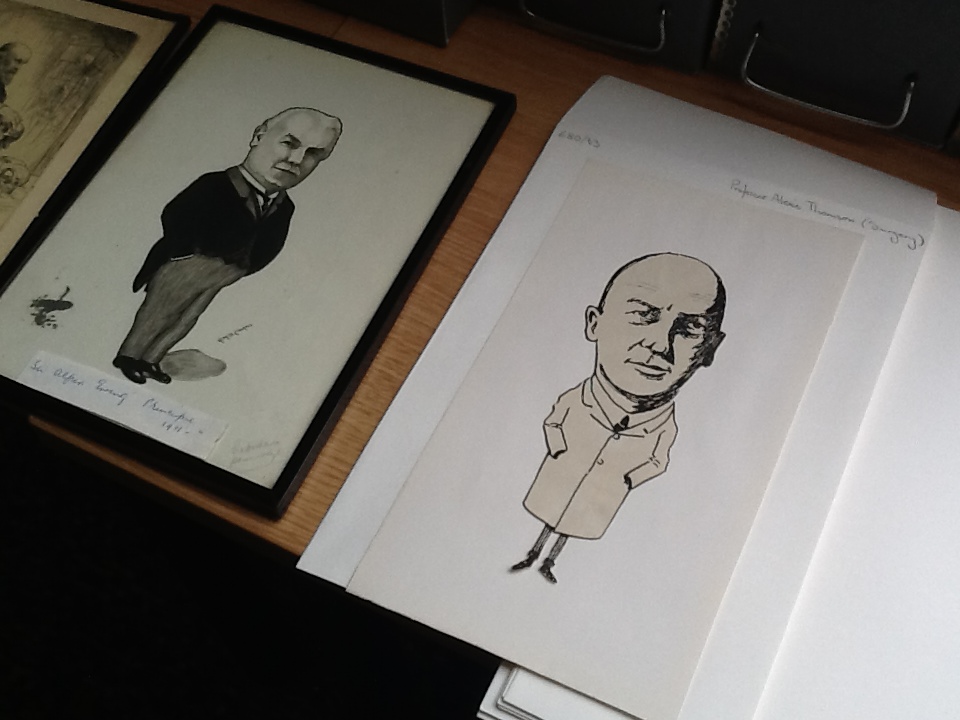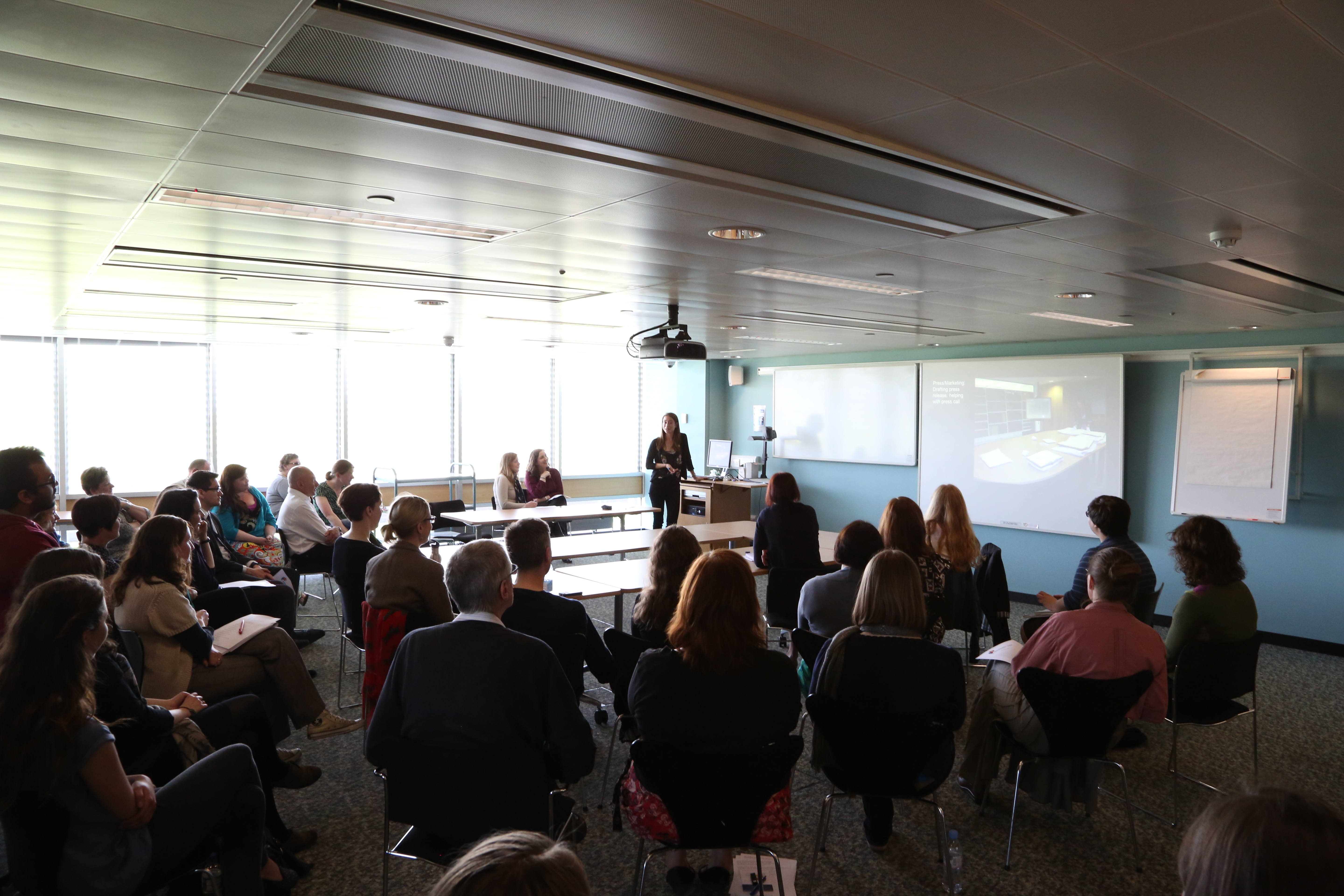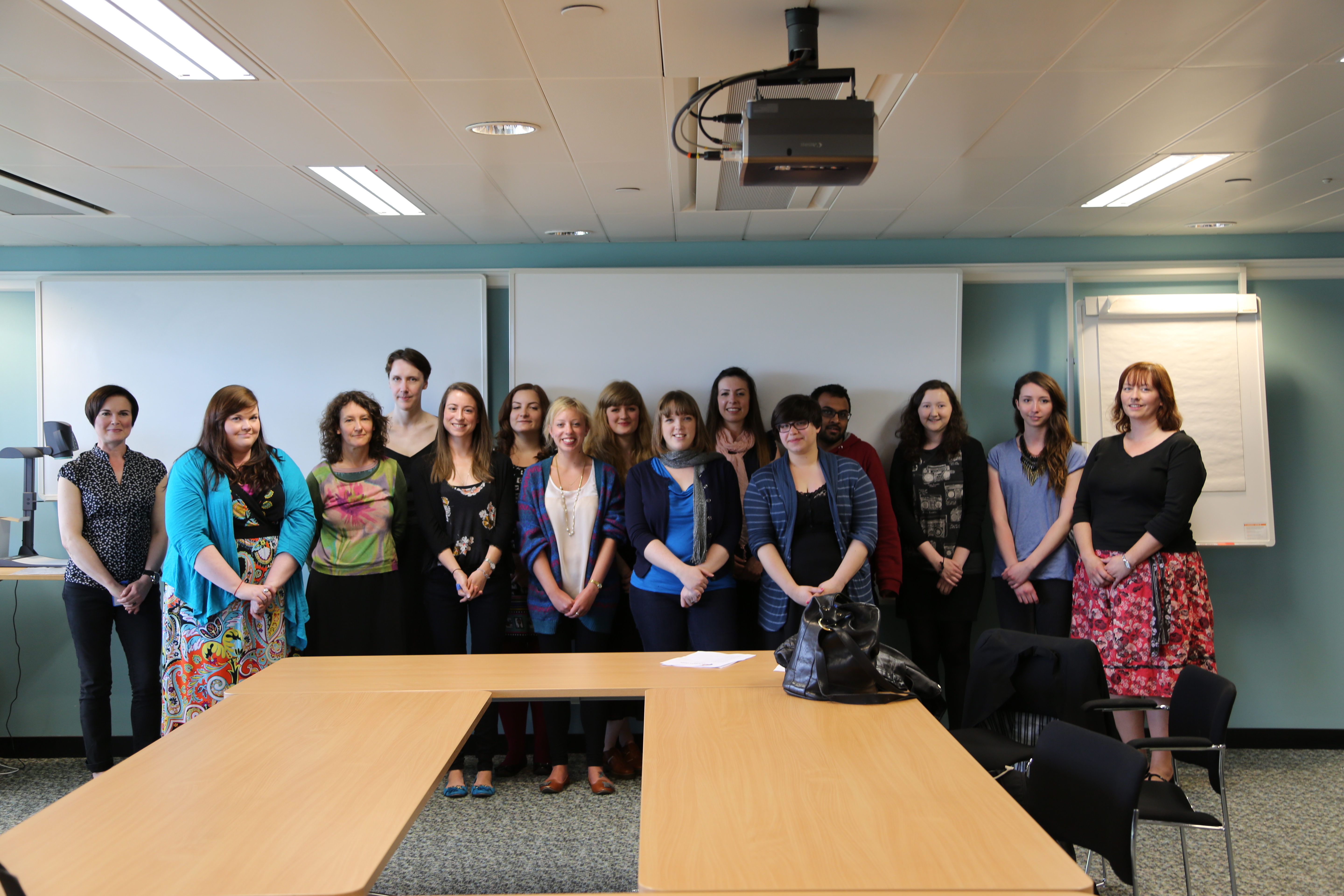Claire Rochet, Musical Instrument Museum Edinburgh Volunteer
I have been working with the Musical Instrument Collection since October and I had the chance as a volunteer to explore different areas of their two museums, St Cecilia’s Hall and the Reid Concert Hall. During the first 3 months, I was a guide at St Cecilia’s Hall, which was great as it permitted me to familiarise myself with the collection. During my Bachelor’s Degree and first Master’s Degree, I specialised in museology but never came across musicology which means that I was a complete beginner when I first started. Needless to say that I learnt a lot!
Since last month, I have been working in collaboration with Colette Bush, the Museums Galleries Scotland Intern based with the CRC and Museums, at the Reid Concert Hall, where we are in charge of reviewing the display of the collection. I am very excited about this project, even more so when I learnt that the Reid is actually the first purpose built establishment as an instrument museum in the world.
This project is connected to the redevelopment plan at St Cecilia’s Hall which will lead to its temporary closure next September for about a year or two. Until now, the musical instrument collection was equally spread out between both museums. During St Cecilia’s Hall’s closure, the collection will be only visible at the Reid which means the museum will become the collection’s main venue. One other aim of this project is to expand the museum’s engagement with the general public by making the content more accessible. In order to do that, we are planning a display based on thematics but we also intend to make the content of the cases more comprehensible by putting more explanatory labels and less instruments on display. Even if the Reid itself is quite small, the collection on display is actually quite extensive which can be quite disconcerting for the visitor (around 1000 items are on display!).
Although, the collection being first of all a teaching collection, it should still be complete enough so the music school can use the collection as a point of reference for their classes, which is a big challenge as we need to find the right balance between accessibility and educational purposes.

